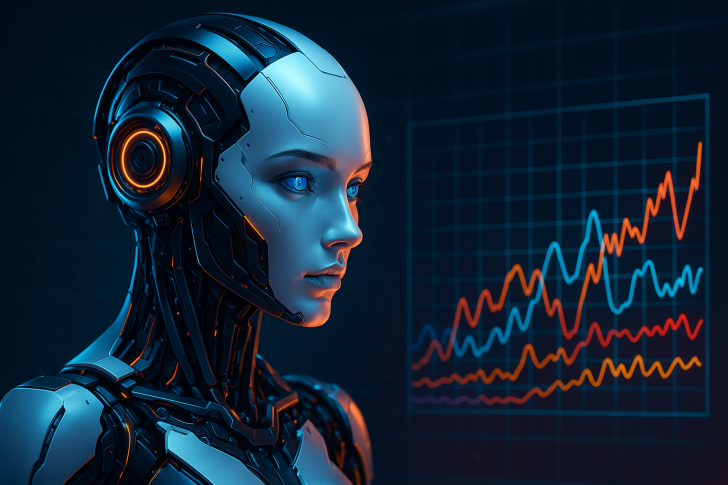⬤ In a series of posts, highlighted what looks like a genuine breakthrough in AI-generated imagery. The newest Nano Banana/GemPix 2 model delivered results so spot-on that reaction was simple: "Holy smokes." The achievement is already sparking buzz as a potential turning point for high-fidelity text-to-image tech.
⬤ The clock test requires the AI to render an exact time (in this case, 11:15) without distorting the clock face or hands The wine glass test demands a glass filled precisely to the top, including accurate liquid transparency and physics Most AI models fail at least one of these challenges, often hallucinating details or misinterpreting the prompt
⬤ "Nano Banana 2 completely smashed both the clock AND full wine glass tests in ONE IMAGE." These are strict benchmarks used to evaluate whether an AI can follow precise instructions without drifting or inventing details. Even leading systems have historically struggled with fixed clock times or transparent-liquid geometry, making this clean execution a legitimate technical achievement.
⬤ This puts Nano Banana 2 at the center of conversations about the next generation of precision-driven image generation. As the industry pushes toward reliability and fine-grained control, breakthroughs like this accelerate adoption across design workflows, synthetic data creation, and professional content production.
⬤ If Nano Banana 2's performance reflects broader improvements under the hood, it could be setting a new bar for instruction fidelity. The flawless rendering showcased has people wondering what other complex constraints next-gen image systems might soon conquer.
 Saad Ullah
Saad Ullah

 Saad Ullah
Saad Ullah


